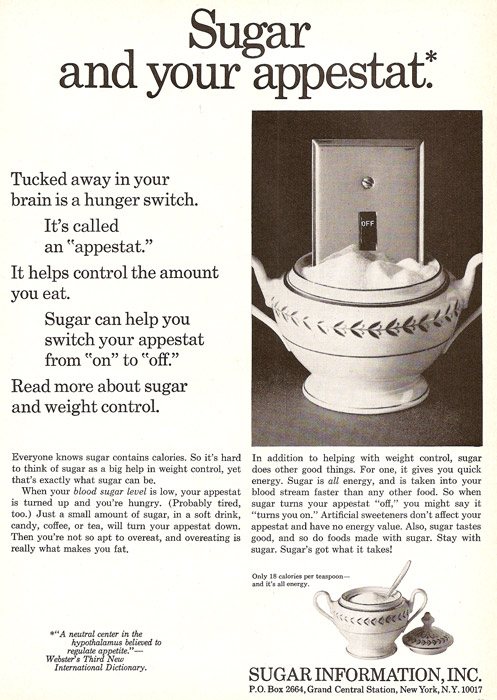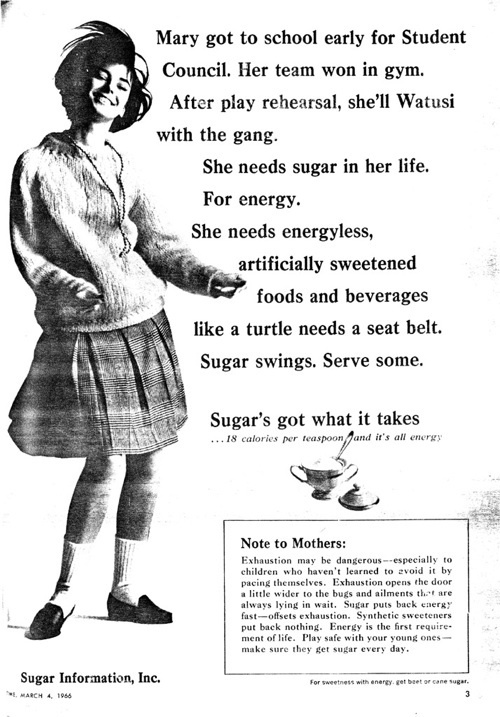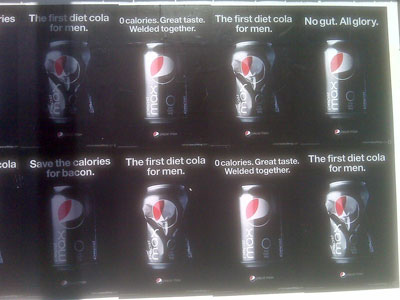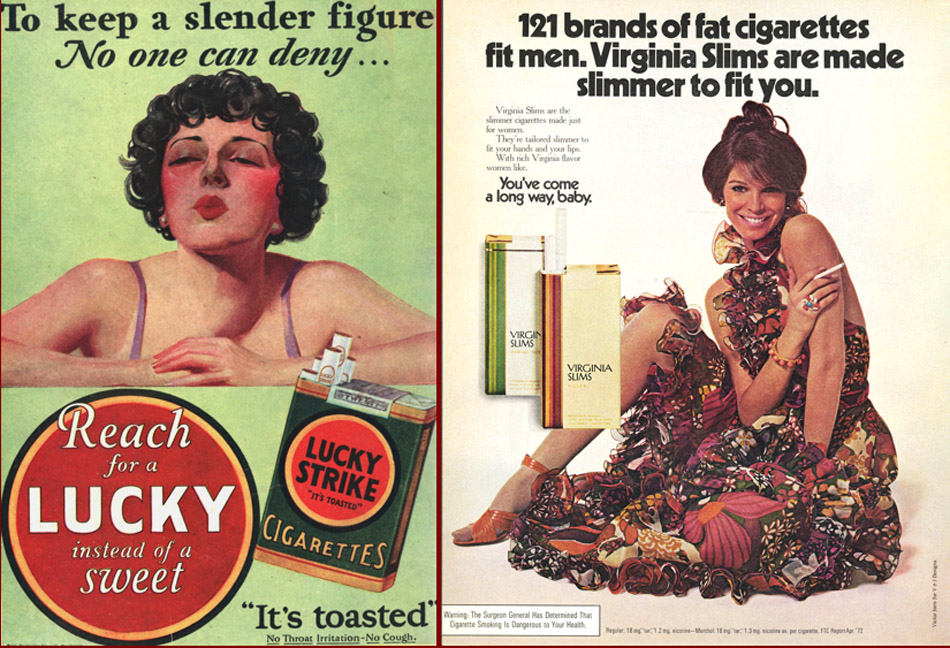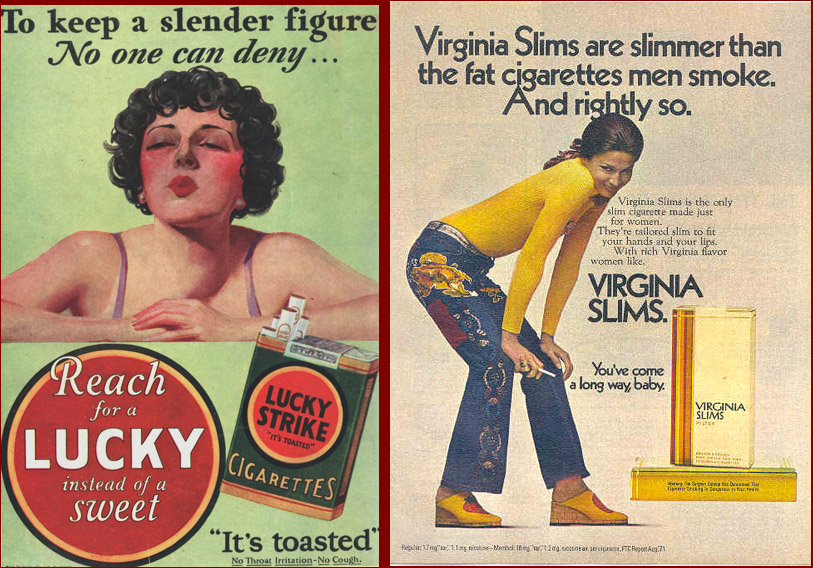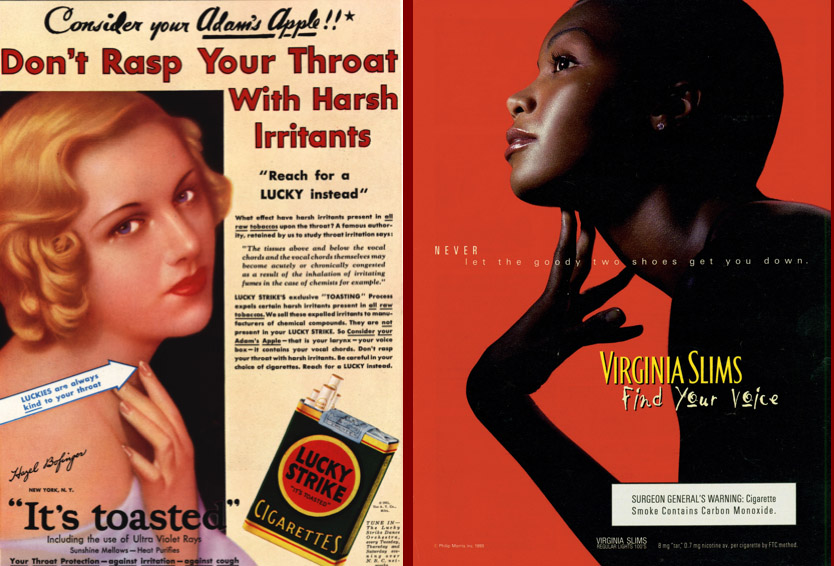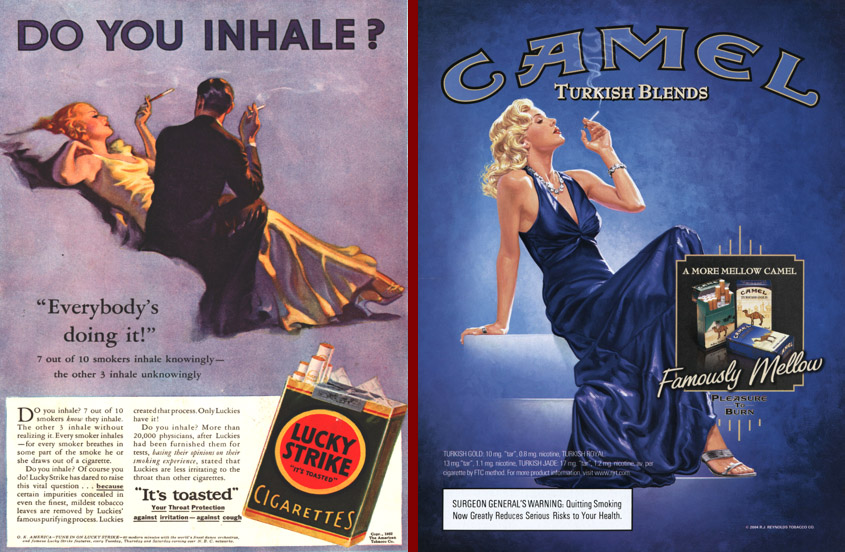College admissions is a competitive business with colleges competing for the smartest, richest, and otherwise most desirable frosh each year. Administrators have come to realize that “extras” — e.g., the quality of the gym, the luxuriousness of the living quarters, and the availability of extra-curriculars — now heavily influence the decision making of prospective students. Among academics and administrators, this is called the “amenities arms race.” A set of representative images can be found at a slide show about college dorms sent in by Dmitriy T.M. They nicely illustrate the proliferation.
Lisa Wade, PhD is an Associate Professor at Tulane University. She is the author of American Hookup, a book about college sexual culture; a textbook about gender; and a forthcoming introductory text: Terrible Magnificent Sociology. You can follow her on Twitter and Instagram.





